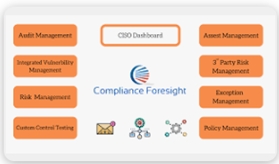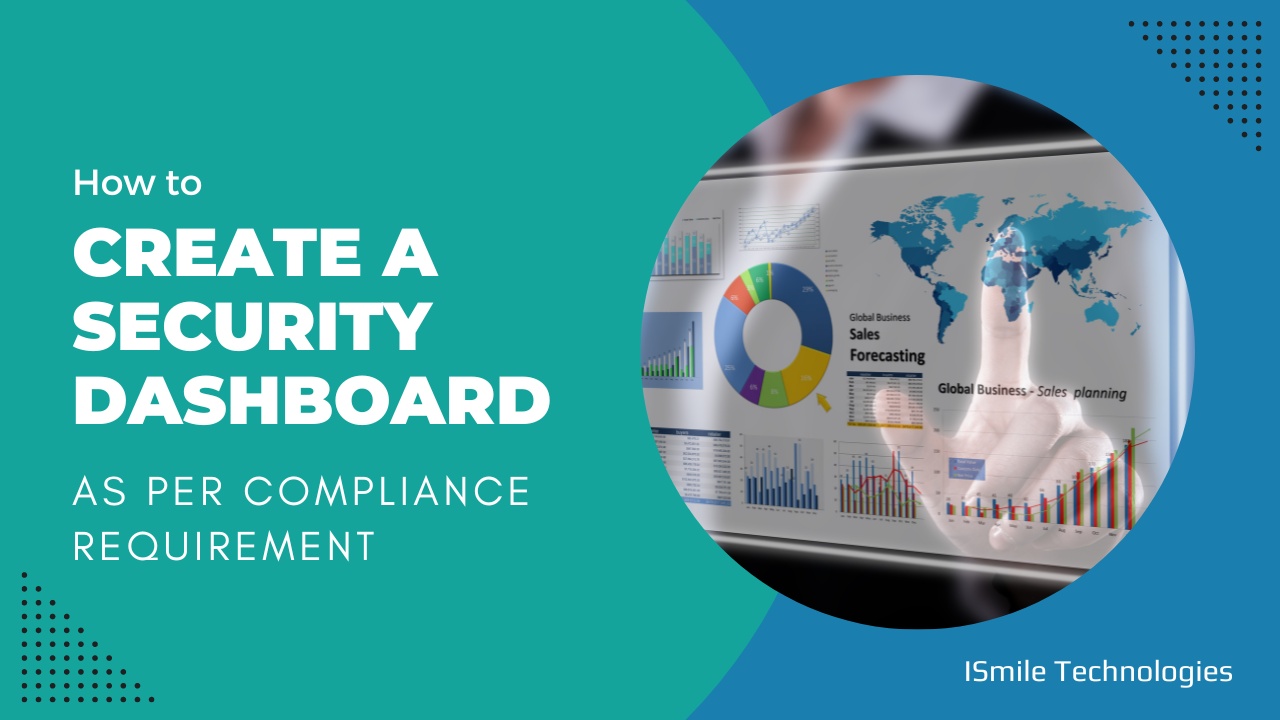Creating a security dashboard that meets compliance requirements is essential to any organization’s cybersecurity strategy. A security dashboard is a visual representation of an organization’s security posture, providing real-time visibility into the security of the organization’s systems and applications. This blog will explore creating a security dashboard per compliant requirements, including identifying requirements, assessing current security posture, defining security metrics, collecting and normalizing data, building the dashboard, automating reporting and alerting, and continuously monitoring and improving.
Identifying Compliant Requirements
The first step in creating a security dashboard that meets compliant requirements is to identify the requirements that need to be met. This includes identifying the specific regulations and standards the organization must comply with, such as PCI-DSS, HIPAA, and SOC 2. Understanding the requirements and how they apply to the organization is essential to ensure that the security dashboard meets all requirements.

Assessing Current Security Posture
Once the compliant requirements have been identified, the next step is to assess the organization’s current security posture. This includes identifying potential vulnerabilities, analyzing the organization’s current security controls, and determining the overall risk to the organization. Understanding the organization’s current security posture is essential to ensure that the security dashboard provides an accurate and up-to-date representation of the organization’s security posture.
Defining Security Metrics
After assessing the current security posture, the next step is to define the security metrics included on the dashboard. This includes identifying the specific data points that need to be monitored, such as the number of successful and unsuccessful login attempts, the number of vulnerabilities discovered, and the number of security incidents. It is essential to ensure that the security metrics are relevant and provide the necessary information for the organization to make informed decisions about its security posture.
Collecting and Normalizing Data
Once the security metrics have been defined, the next step is to collect and normalize the data. This includes configuring data collection and normalization tools, such as log management and SIEM systems, to collect the necessary data. It is essential to ensure that the data is accurate and consistent to ensure that the security dashboard accurately represents the organization’s security posture.
Building the Dashboard
After the data has been collected and normalized, the next step is to build the dashboard. This includes configuring the dashboard software, designing the layout and visualizations, and configuring the alerts and notifications. It is essential to ensure that the dashboard is user-friendly, easy to understand, and provides the necessary information for the organization to make informed decisions about its security posture.
Need a security dashboard for compliance?
Our experts will help you in creating a security dashboard for compliance.
Automating Reporting and Alerting
Once the dashboard has been built, the next step is to automate the reporting and alert. This includes configuring the dashboard software to automatically generate reports and send alerts when specific thresholds are breached. It is essential to ensure that the reports and alerts are relevant and provide the necessary information for the organization to take action on potential security issues.
Continuously Monitoring and Improving
Creating a security dashboard that meets compliant requirements is an ongoing process and requires continuous monitoring and improvement. This includes monitoring the security metrics, making adjustments as needed to ensure that the dashboard accurately represents the organization’s security posture, and performing regular vulnerability assessments to ensure that no new vulnerabilities have been introduced.
Conclusion
Creating a security dashboard that meets compliant requirements is essential to any organization’s cybersecurity strategy. Following the steps outlined in this blog, such as identifying compliant requirements, assessing current security posture, defining security metrics, collecting and normalizing data, building the dashboard, and automating reporting and alerting, a security dashboard that meets compliant requirements is an essential part of any organization’s cybersecurity strategy.
ISmile Technologies will help you to maximize your cloud confidence with secured cloud assets. We help you reimagine cloud security by building it into the foundation of your company so it can meet your businesses’ evolving needs. Schedule your free assessment today.








